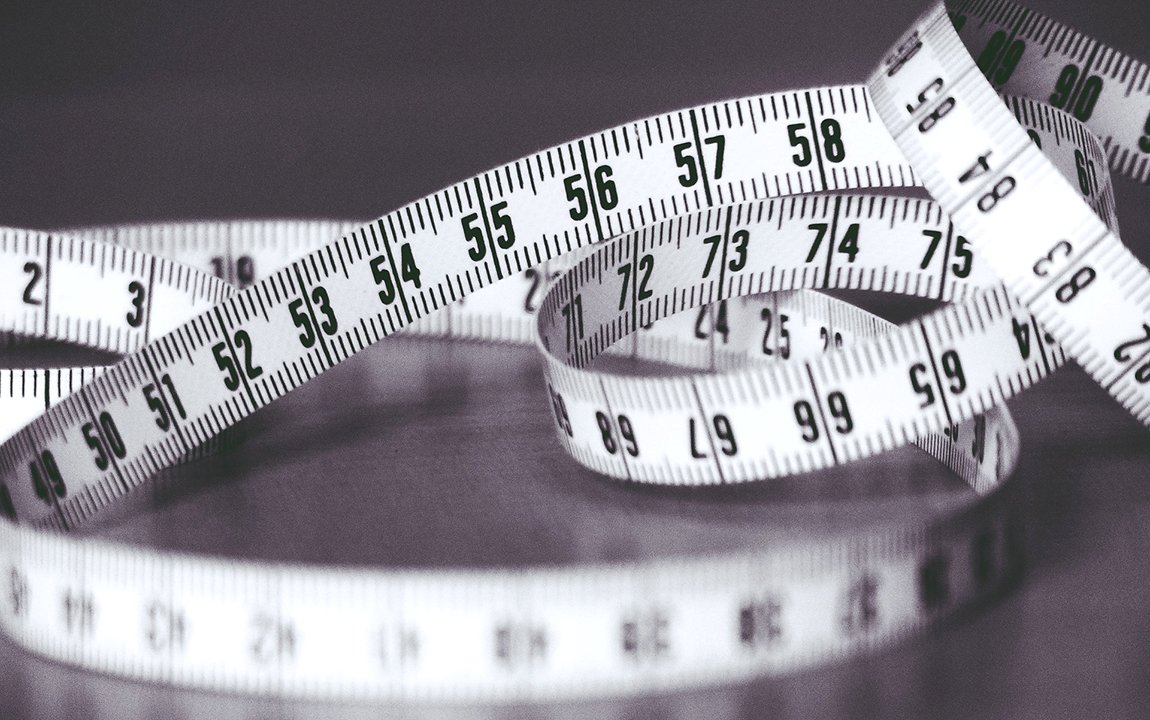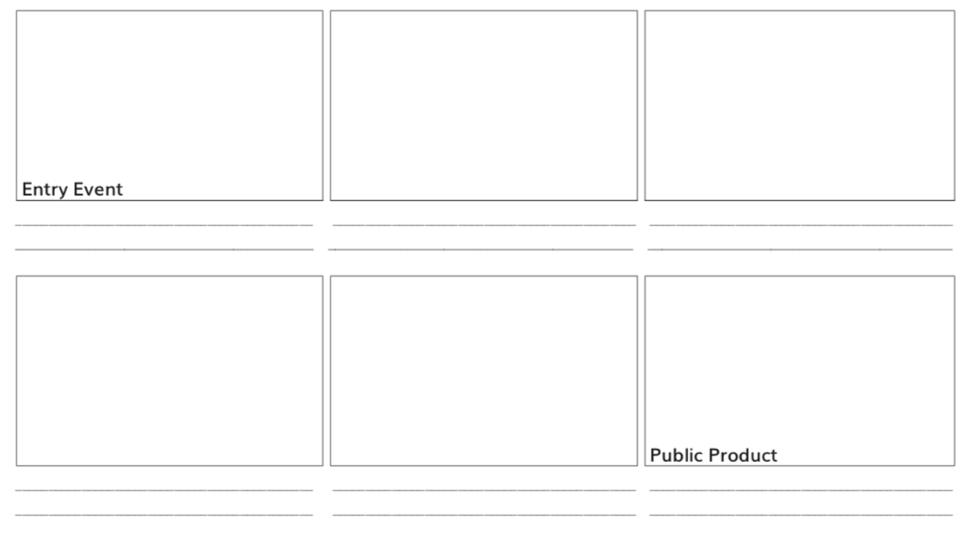
When we work with secondary teachers we always expect a question about how long a PBL unit should be from start to finish. This is especially true in content areas where there are expectations for covering a certain number of standards in a particular time frame. High school math teachers, for example, get very apprehensive when considering PBL because usually they are not only dealing with specific time frames, but a specific sequence to the school year. (For more on designing a project in math, using inquiry strategies, and example projects, see our book, Project Based Learning in the Math Classroom, which I co-authored with my fellow PBL Works National Faculty member Telannia Norfar.)
For teachers new to PBL, we recommend keeping their PBL unit short. This allows for both the teacher and the student to experience success throughout the project. How short will depend on several criteria, but most important is the time normally allotted to the teaching of the standards that are being covered within the project. This might mean five or six 90-minute class periods or eight to ten 50-minute class periods. Plan on no more than three weeks for your first project.
Planning and Organizing Activities
When filling your PBL unit with activities, you will need to consider:
- How long does it take to get started on the project: entry event, group contracts, knows/need to knows, task lists, etc.?
- How long will students need to work on their product?
- How long will students need to interact with experts?
- How much time does your district pacing guide allot for these standards?
- Will you need to adjust the timing so state testing doesn’t impact the unit?
- Will your school’s common assessment or benchmark impact completion of the unit?
All of these activities will impact the length of your project. Some of them are not part of the planning for a traditional classroom. The first day, for example, might be devoted entirely to the entry event and making a list of the knows and need to knows. If time allows, the first day can also be used to organize administrative tasks, including creating group contracts and task lists. Similarly, the last day will be taken up with presentations and a celebration of the work that was just completed.
To help with your planning we recommend creating a Kanban board or other visual organizing tool such as Trello, which allows students (and their teachers) to visualize the workflow. Students will experience this by moving items from things “To Do,” to things “In Progress,” to the “Completed” section.
We also recommend drawing a storyboard (template shown below) to help you visualize the major steps in a project and understand how things should be placed on the project calendar.

The combination of calendar, storyboard, and Kanban board will ensure there are minimal surprises as the class progresses from project launch to product presentations.
PBL is Not “Adding to” Your Calendar
“I don’t have 3 weeks I can give up to do a project!” This statement is another concern we hear from teachers. While some teachers want to spend too long on a project, there are others that don’t see how they could possibly add anything to their crammed calendar. This is when we push back and tell teachers that they shouldn’t think of a project being added as an extra event. Instead, a project sits within their existing calendar. Or, to be more precise, the project calendar will include all of the quizzes, tests, and other activities that would have been on the traditional planning calendar.
Planning out a PBL unit, that incorporates all of the traditional activities, can be a chore. Working with a friend, a co-teacher, or an instructional coach, who understands the flow of a project will help immensely. Having a white board and a full pad of sticky notes can help with the planning. You can also use the PBLWorks project planner.
Here are some key things to think about as you plan:
- Start with the standards
- Plan your entry event
- Set the first day’s administrative work
- Set the last day’s presentation/celebration
- Plan assessments (formative/summative)
- Plan work and research days
- Plan activity days
- Plan for experts (Skype/In classroom/conference call)
- Plan for holidays/test days/pep rallies/other non-class times
- Decide how many things you can include in one day
Once you have laid everything out on a calendar, ask yourself, “How long would I have spent on these standards if I wasn’t doing a project?” If what you planned isn’t within 1 or 2 days of what you would have needed for a traditional unit with these standards, then you need to make a decision. These standards may not be right for you, at this time in your PBL-life, to teach in a PBL unit. Once you have become a more seasoned PBL pro, you may find out that there are ways to incorporate related standards to help you in your planning with these standards. Until then you have permission to not try and force a PBL unit where it just doesn’t make sense.
And so the answer to the question, “How long should my PBL unit be?” is this: Your PBL unit should last as long as your students need, so they can go deep with the content, exercise some creativity, and collaboratively think, plan, and create a product. It shouldn’t be any longer or shorter than that.
Check out Chris Fancher's new book, co-authored with Telannia Norfar, Project Based Learning in the Math Classroom.

